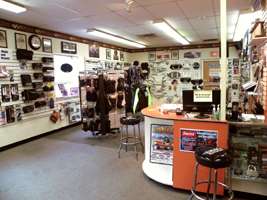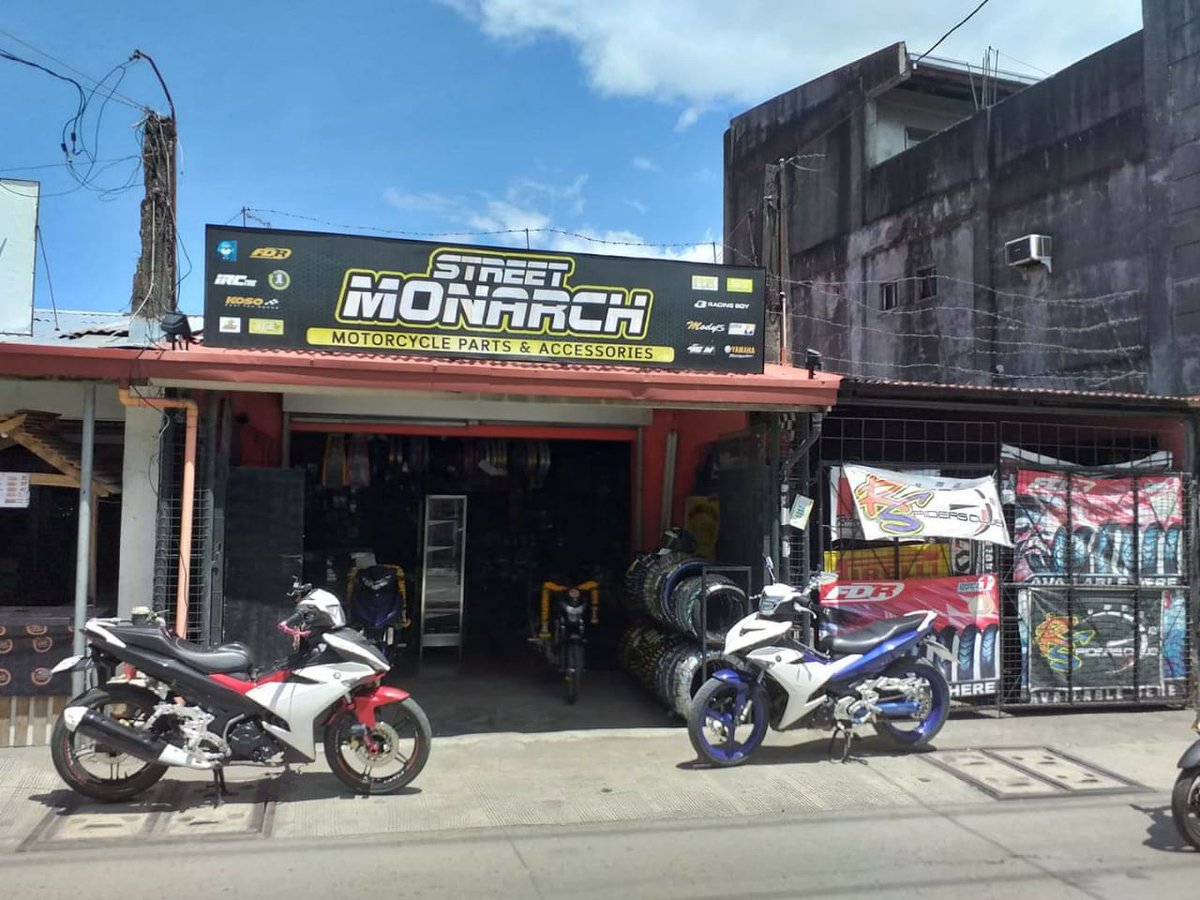Your Go-To Motorbike Shop for Top Quality Parts and Accessories
Comprehending the Crucial Parts of a Motorcycle: A Comprehensive Overview for Fanatics
For bike fanatics aiming to boost their riding experience and ensure their bikes run efficiently, understanding the necessary parts of a motorbike is paramount. Each element, from the engine's complex workings to the crucial role of the braking mechanisms, not only influences efficiency yet also safety and comfort. This guide will go through the essential components that every cyclist must be acquainted with, making it possible for educated choices in both upkeep and possible upgrades. As we begin this exploration, one must ask: exactly how does each part communicate to create the seamless ride every lover looks for?
Engine Components

The camshaft plays a crucial duty in controlling the timing of the engine's valves, guaranteeing the exact opening and closing needed for efficient gas and air intake, as well as exhaust expulsion. This timing is essential to keeping optimum engine performance and effectiveness. In addition, the carburetor or gas shot system, depending upon the motorbike design, is accountable for blending air with gas in the right ratio for burning.
The air conditioning system, either air or liquid-based, works to keep the engine's temperature level within operational restrictions, preventing getting too hot and guaranteeing longevity - motorcycle shop. Each part, meticulously designed and integrated, adds to the smooth operation of the engine, specifying the motorbike's power outcome and overall performance
Transmission System
Important to the bike's performance, the transmission system ensures efficient power transfer from the engine to the wheels. This system consists of a number of essential elements, including the clutch, gearbox, and last drive, each playing a vital duty in equating the engine's power right into activity. The clutch, usually operated by a hand bar, offers to disengage the engine and engage from the transmission, enabling smooth equipment adjustments and controlled velocity.
The gearbox, often referred to as the transmission appropriate, contains a set of gears that cyclists can manually move via to readjust the bike's rate and torque output. These equipments are set up in a series that makes it possible for the motorcycle to speed up smoothly and keep ideal engine efficiency across various rates. Most bikes use a consecutive transmission, requiring the cyclist to move equipments in a fixed order.
Braking Mechanisms
While recognizing the transmission system is crucial to taking advantage of a motorbike's power, similarly important is the capability to manage and stop that power successfully, which is where braking devices come into play. Brakes are critical for safety and performance, giving the cyclist with the necessary control to navigate numerous terrains and conditions. Normally, bikes feature two types of stopping systems: disc brakes and drum brakes.
Disc brakes are much more prevalent in modern motorcycles as a result of their exceptional efficiency. They are composed of a brake disc, caliper, and pads. When activated, the caliper presses the brake pads versus the rotating disc, transforming kinetic power right into warm, thus slowing the wheel. This system uses much better warm dissipation, regular performance, and improved quiting power, especially in wet conditions.
On the other hand, drum brakes, though less common, are still discovered in some motorcycles. They function by pushing brake shoes versus the internal surface area of a drum attached to the wheel. While typically much less reliable in heat dissipation and stopping power, drum brakes are simpler and much more economical.
Recognizing these braking systems' nuances permits riders to maintain their motorbikes effectively and value the engineering that ensures reliable and safe stopping.
Suspension and Guiding
Suspension and steering systems are important components that significantly affect a motorcycle's handling and ride comfort. The suspension system, containing forks at the front and shock absorbers at the rear, absorbs roadway abnormalities, enhancing stability and control. Front forks, typically telescopic or inverted, compress and rebound to alleviate impacts, while rear shock absorbers keep tire contact with the roadway, essential for traction and security.
Steering, focused around the handlebars, attaches the cyclist to the motorbike's directional control. The guiding head bearings make sure smooth procedure, allowing accurate ability to move. Proper check these guys out positioning and upkeep of these bearings are important for foreseeable steering response and decreasing motorcyclist exhaustion.
The suspension's adjustability is an additional crucial facet; preload, damping, and rebound settings allow customization to fit numerous riding designs and conditions. This adaptability is important for enhancing efficiency, whether navigating city streets or tackling tough trails. Innovations like digital shock absorber provide real-time modifications, improving adventure top quality across varied surfaces.

Electric Equipments
After making sure a smooth and regulated adventure via reliable suspension and steering systems, focus turns to the his comment is here electric systems, a pivotal element of modern-day bikes. These systems play a vital function not only in beginning the engine however likewise in powering different parts that enhance the functionality and safety and security of the motorcycle.
At the heart of a bike's electric system is the battery, which shops electric energy needed for starting the engine and powering auxiliary systems - mx parts nz. The generator or generator, paired with the rectifier-regulator, makes sure the battery continues to be billed while the motorcycle is in operation, converting power right into electrical energy and keeping voltage levels
The ignition system, another crucial component, is in charge of igniting the air-fuel combination in the engine's cylinders. Modern motorbikes usually make use of an electronic ignition system, providing better effectiveness and reliability contrasted to typical systems.
Lights systems, including headlights, tail lights, and signs, are additionally crucial, guaranteeing visibility and security for the cyclist. Added digital parts such as sensors, control systems, and presents contribute to innovative features like gas injection monitoring, anti-lock stopping systems (ABDOMINAL MUSCLE), and electronic control panels, further boosting the riding experience.
Conclusion
An extensive comprehension of a motorbike's important parts, consisting of the engine, transmission system, braking devices, suspension, guiding, and electric systems, is essential look at this website for lovers intending to enhance convenience, safety, and efficiency. Proficiency of these elements enables educated decisions pertaining to upkeep and upgrades, eventually enhancing the riding experience. By incorporating this understanding, cyclists can guarantee their motorbikes operate at peak effectiveness and dependability, thereby optimizing both satisfaction and longevity of their automobiles.
For motorcycle enthusiasts looking to elevate their riding experience and ensure their bikes run efficiently, recognizing the important elements of a motorcycle is extremely important.Integral to the motorbike's functionality, the transmission system makes certain efficient power transfer from the engine to the wheels.While understanding the transmission system is essential to utilizing a motorcycle's power, just as essential is the capacity to control and stop that power efficiently, which is where braking devices come right into play. Normally, bikes feature 2 types of braking systems: disc brakes and drum brakes.
A thorough understanding of a motorbike's crucial components, including the engine, transmission system, braking devices, suspension, guiding, and electrical systems, is indispensable for lovers intending to enhance security, efficiency, and comfort.